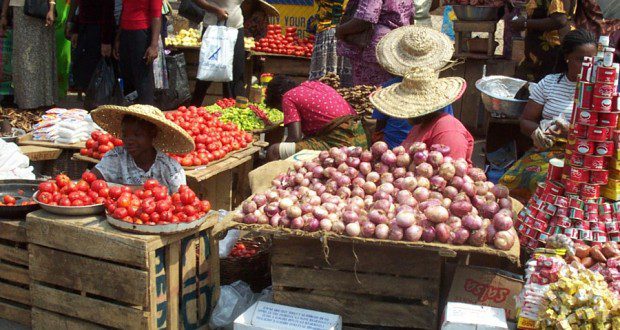In 2023, the economy was valued at GHS841.6 billion, up GH¢227 billion from the previous year, when it was valued at GH¢ 614.3 billion.
This was caused by the services sector’s dominance, which accounted for GH¢357.34 billion, or 45.6%, of GDP. Industry came in second with GH¢247.941 billion, or 31.7% of GDP, while agriculture came in third with GH¢177.606 billion, or 22.7% of GDP.
Crops (19.4%), trade and auto repair (18.3%), home goods (18.3%), mining and quarrying (12.9%), manufacturing (12.1%), transport and storage (6.0%) were the subsectors with the highest GDP share.
As of right now, the government believes Ghana’s GDP will grow to more than one trillion Ghanaian cedis by 2024.
According to the most recent data available from the Ghana Statistical Service, the economy grew cumulatively by 2.9 percent in 2023.
This is higher than the government’s reduced target of 1.5 percent for the time under consideration, although it represents a 0.9 percentage point decrease from the 3.8 percent recorded in 2022.
Additionally, the fourth quarter’s growth was 3.8 percent. For the first four quarters of 2023, this was the highest.
With an annual growth rate of 5.5%, the service sector led the way in terms of yearly growth. However, the industry sector’s growth rate decreased.
In more than a decade four out of the 22 sub-sectors including crops, trade, repair of vehicles and household goods; mining, quarrying and manufacturing accounted for more than 50 percent of Ghana’s GDP which is increasing over time as the last two have recorded a share of more than 60 percent.
Gross National Income per capita from a local currency perspective has more than doubled since 2018 from GH¢ 9,813 to GH¢ 25,349, however from a dollar viewpoint the income per head has remained about the same in the last six years, ranging from the highest US$ 2,453 to a lowest of US$ 2,126.














